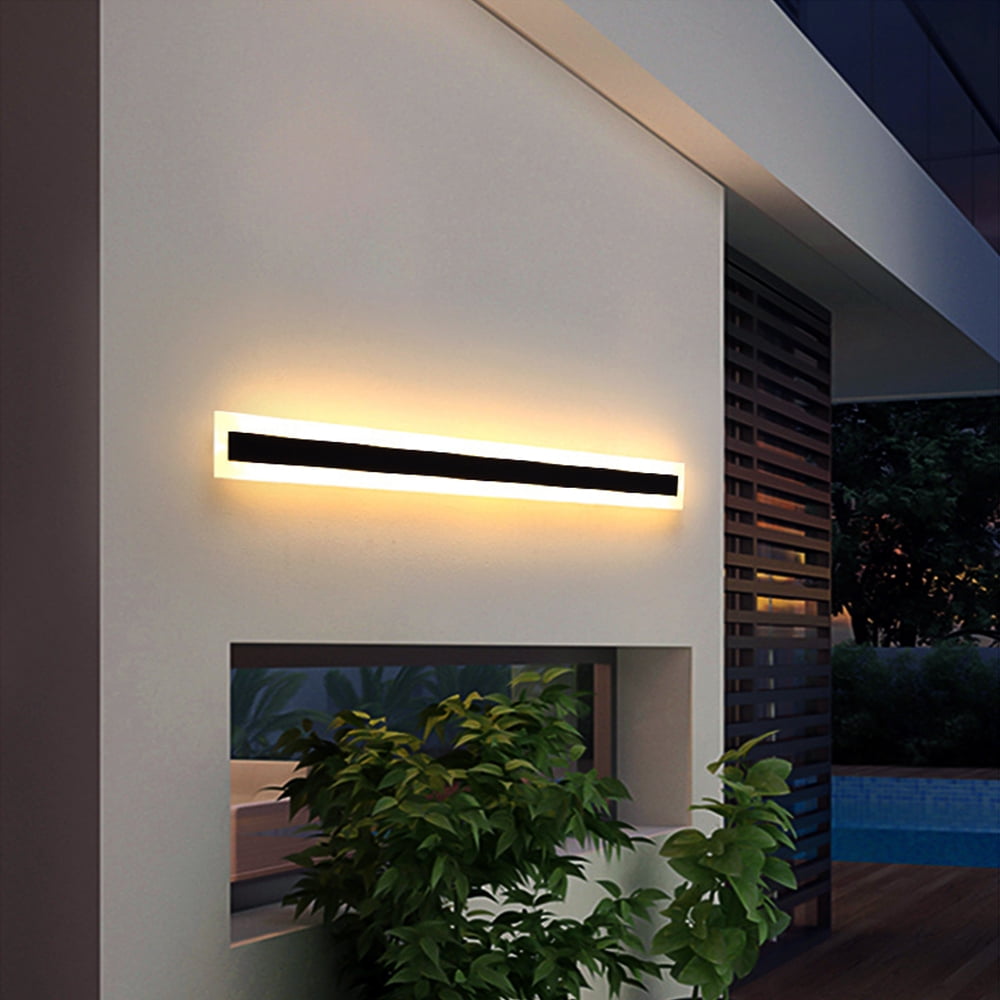A Comprehensive Comparison of Various Light Emitting Diode Video Screen Technologies and The Uses
A Comprehensive Comparison of Various Light Emitting Diode Video Screen Technologies and The Uses
Blog Article
Light Emitting Diode video screens have become increasingly popular in different environments, including concerts, sports events, and corporate meetings. These large big screens consist of made up of many small LED panels which function collectively to form a cohesive cohesive image. There are different types of Light Emitting Diode display screen solutions on the market, every with its own features and benefits. Understanding these options can assist businesses and organizations choose the right option for their particular requirements.
A frequent type of Light Emitting Diode display wall solution is the directly viewed LED. This solution uses individual Light Emitting Diode units which are placed near in proximity to form a large display. Directly viewed LED walls are recognized for their elevated brightness and lively colors, which makes them perfect for outdoor events and brightly lit settings. These displays also have a wide viewing angle, allowing indicating that people can view the display clearly at various positions. This renders directly viewed LED walls a popular option for sports arenas and outdoor events.
A different type of LED display screen technology is the LED-backlit LCD. Such solution combines traditional Liquid Crystal Display displays with Light Emitting Diode illumination to enhance brightness as well as hue accuracy. LED illuminated Liquid Crystal Displays are commonly used in indoor environments, such as shopping malls as well as meeting spaces. They provide excellent image quality while are typically more affordable than direct view LED walls. However, they may often function as well in bright environments, since the backlighting can sometimes dull the hues.
Another third option is the Organic Light Emitting Diode display screen. OLED technology offers exceptional differentiation as well as hue depth compared to other kinds of displays. Each dot in an Organic Light Emitting Diode display produces its individual light, enabling for genuine dark tones as well as lively hues. Such renders OLED video walls particularly appealing for applications that demand high-quality visuals, such as art exhibitions and luxury shopping outlets. Nonetheless, Organic Light Emitting Diode solution can be costlier costly while may often be as luminous as directly viewed Light Emitting Diode screens, rendering it not you could look here appropriate for external applications.
In addition to these technologies, various additionally multiple applications for LED display screens. They can be used for advertising, amusement, as well as information display. For instance, companies often use LED display walls for electronic advertising to attract customers as well as advertise products. In entertainment, these displays enhance the sight experience at music events as well as events, providing lively backgrounds and engaging images. In corporate environments, Light Emitting Diode video walls can be utilized for demonstrations, video conferencing, as well as educational sessions, helping to communicate information in a aesthetically attractive way.
In conclusion, Light Emitting Diode display walls are available in various technologies, each having its unique advantages as well as uses. Direct view LED screens are great for outdoor applications, whereas LED-backlit Liquid Crystal Displays are more appropriate for indoor settings. Organic Light Emitting Diode video walls offer superior image quality yet may come at a greater price. Understanding these variations can help organizations to make knowledgeable decisions about which kind of Light Emitting Diode video screen most meets their requirements, whether for promotion, entertainment, or business use.